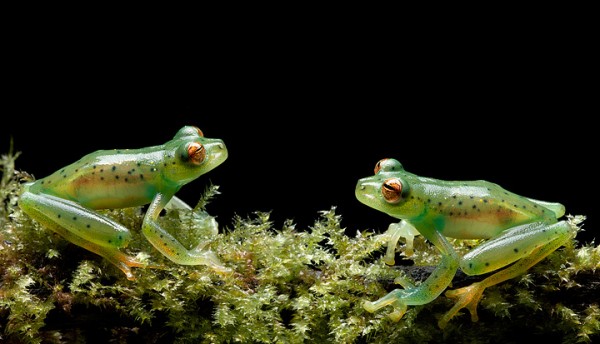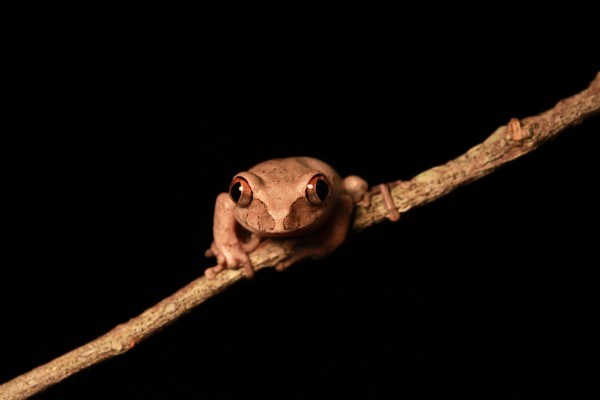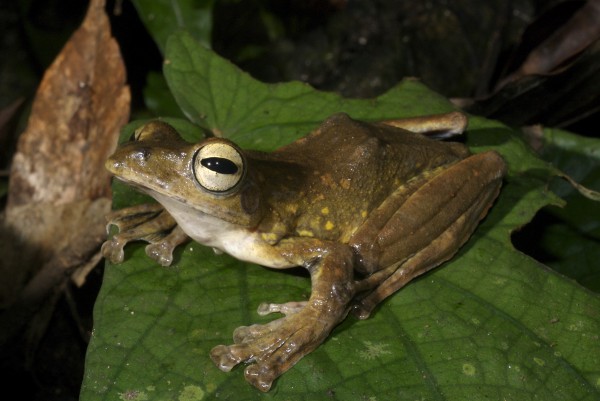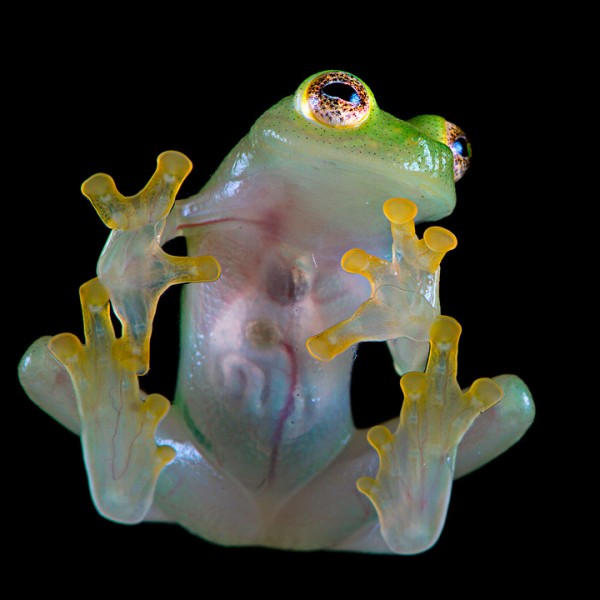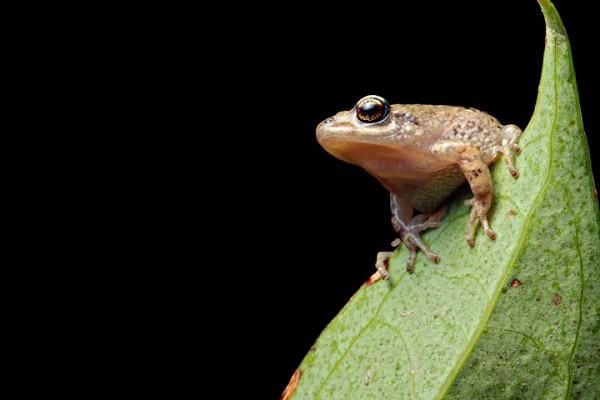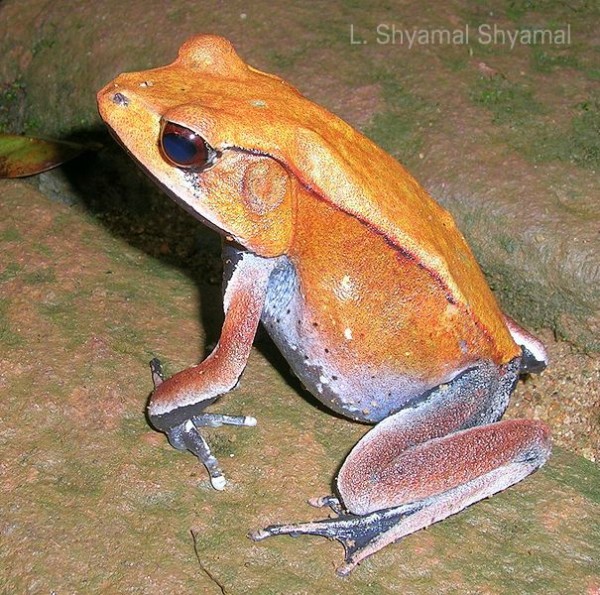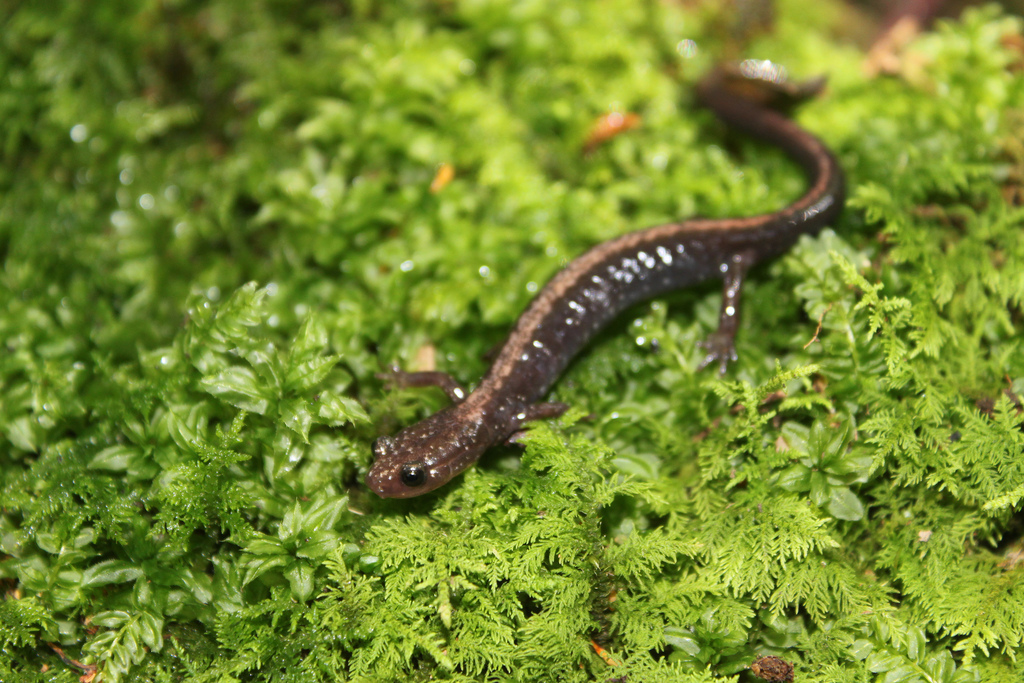Cute Frog of the Week: October 29, 2012
The emerald glass frog (Espadarana prosoblepon), native to Central and South American forests, is an interesting species that literally has nothing to hide. Its belly is clear, allowing its bones and intestines to be visible to observers. Interestingly enough, this frog has green bones because of biliverdin, a type of pigment!
The emerald glass frog resides in low vegetation and is frequently found near rivers and streams. While this small frog is, indeed, adorable, do not be fooled. Males are extremely territorial and will wrestle each other while hanging from vegetation, waiting for the other to drop or signal submission. These engagements may last up to 30 minutes. At the current time the species is listed as least concern by the IUCN.
Photo by Alejandro Arteaga via Flickr.
Every week the Panama Amphibian Rescue and Conservation Project posts a new photo of a cute frog from anywhere in the world with an interesting, fun and unique story to tell. Be sure to check back every Monday for the latest addition.
Send us your own cute frogs by uploading your photos here: http://www.flickr.com/groups/cutefrogoftheweek/

